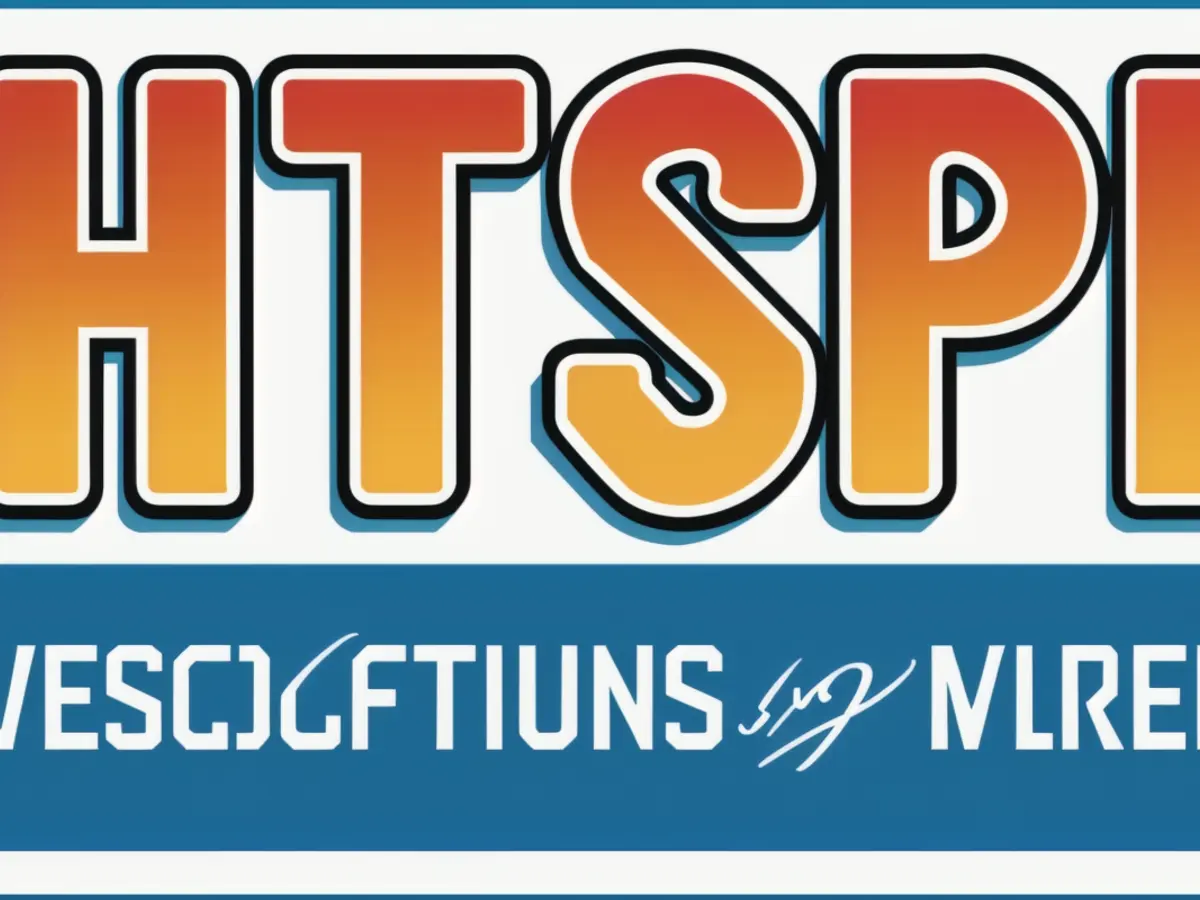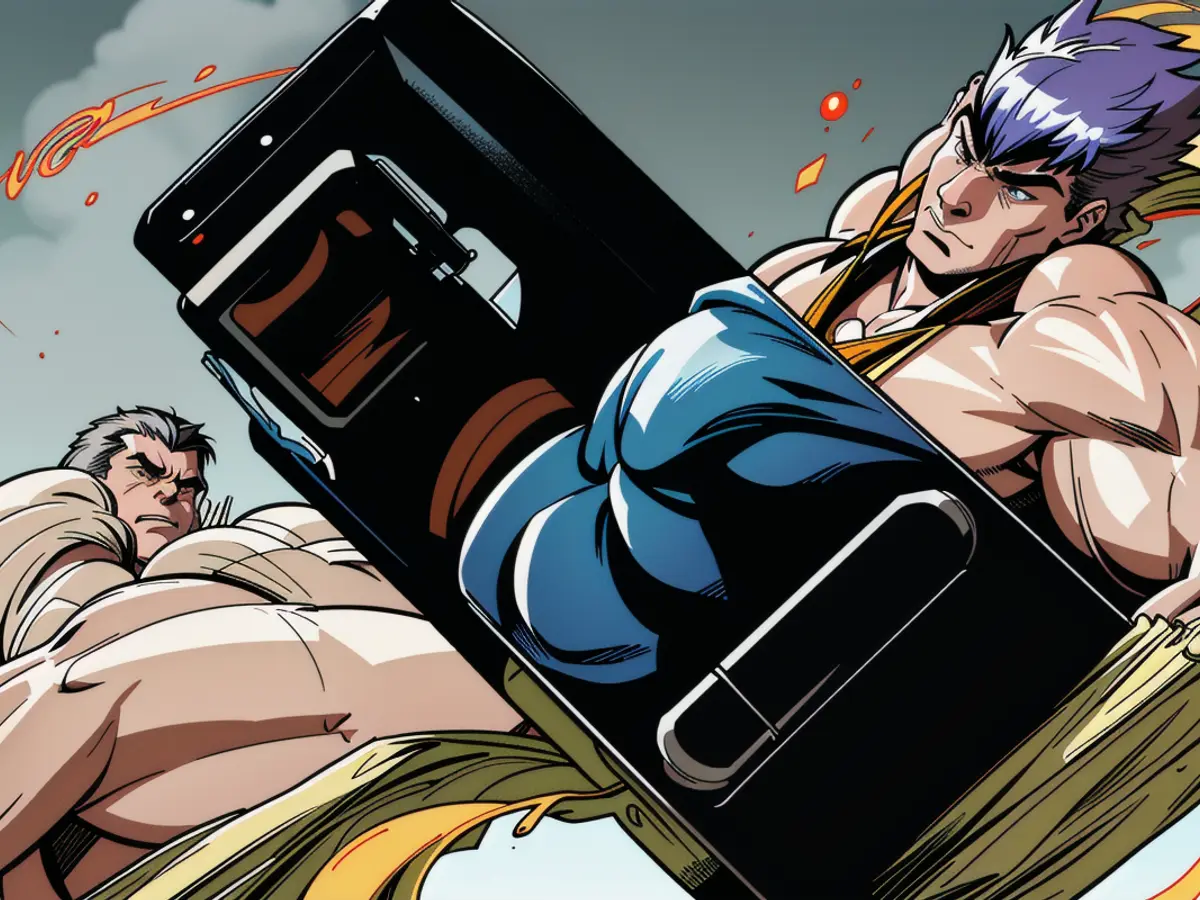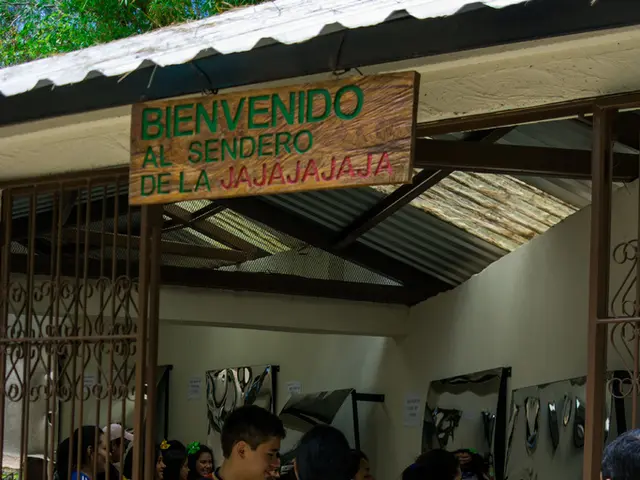Rapid Tale: "Caesura" penned by Ashlee Lhamon
Article:
Dive into a chilling tale ღ from Lightspeed Magazine, brought to you by io9 every month! This month, don't miss "Caesura," a haunting story by Ashlee Lhamon. You can listen to the spine-tingling narrative here. Enjoy your scare! 🎃
Caesura
by Ashlee Lhamon
The brutal reality of road accidents sometimes leaves a gruesome sight – a human head can lose an ear with the right speed and angle, stripping it like a belt sander. While animals like dogs, bears, and chimps might rip ears off during their attacks, people can do the same in heated disputes, drunken brawls, and senseless fits of rage, just like they may rip off others' noses and eyes due to cancer.
My profession as a prosthetist, however, focuses on face reconstruction, predominantly creating prosthetic ears for various cases like anotia and microtia. I don't usually know much about my clients or their lives, for my job doesn't require that. But Client X was different.
Client X's caretakers had been impressed by my work but initially evaded revealing what exactly they needed. They eventually confessed that Client X had put a shotgun into their mouth, missing everything but their lips, left cheek, jawbone, teeth, and chin. My workshop holds relics of disfigurement, and when Client X unveiled their ravaged face covered by a cloth, I didn't flinch. My task was to create a visage that would blend seamlessly with the world, without inviting stares or exclamations of "what happened?"
I started work on crafting cheeks, chin, lips, everything needed to recreate the missing features on Client X's face. My prostheses weren't mechanical – medical science hasn't advanced that far yet. But with this piece, Client X would be able to go grocery shopping, attend movies, and dine in restaurants without drawing unwanted attention. Their face would once again be anonymous, and that was my ultimate goal as a face-maker.
I took the necessary measurements and created molds for the new lower face. Since much of the underlying infrastructure was missing, I requested photographs of Client X before the incident to help sculpt the foundation for the mold. After the mold hardened, Client X would undergo a surgery to install a lattice of pins into their cheekbones to magnetically secure the prosthesis.
Work progressed quickly, but when the sculpture of Client X's lower face was finished, something felt off. Despite my doubts, I made the mold and cast the silicone.
When I opened the mold, I couldn't help but feel a strange sensation – the prosthesis began to sing, an ethereal melody in a language never heard before. I wondered if my doubts about my work were valid, or if I was losing my mind. Regardless, I was intrigued by the singing mask and continued to listen to it, even as I worked on other projects.
Days passed, and the singing grew louder. I tried to communicate with the mask, asking it questions, but it remained silent. Confused, I sent an email to Client X, explaining the delay in the delivery of the prosthesis due to unforeseen circumstances. They were understanding, grateful for the effort to create a perfect match for their missing features.
Eventually, the singing stopped, and I was left with a perfect, silent mask. Over the next few weeks, I cast more prostheses, hoping to find some hint of the singing voice. But none of them sang – they were just pieces of molded silicone.
Client X returned for their fitting, and the prosthesis fit like a glove, hiding the missing pieces of their face. For a moment, they were tears of joy – they could finally return to normal life. I felt a pang of disappointment as I remembered the silent, singing mask – it had been my macabre muse, a strange inspiration. But I understood that it wasn't mine to keep – the beautiful things we create are not truly ours.
I handed over the silent mask to Client X. As they pressed it against their face, it began to sing once more, filling the room with a haunting melody that seemed to echo an untold story. I watched, feeling a strange mix of sadness and admiration, as the singing mask found its way back to its rightful owner. The strange mystery of the singing mask continued to haunt me, a reminder of the strange, beautiful dualities of life.
About the Author Ashlee Lhamon dwells in the Bay Area, surrounded by an impressive lunchbox collection, a tuxedo cat named Gumshoe, and a brand-new tiny human. Her other work can be found in Nightmare, Hunger Mountain, MetaStellar, Salamander Magazine, Radon Journal, and more. Visit her website at ashleelhamon.com.
Don't miss out on more terrifying stories by visiting LIGHTSPEED MAGAZINE or subscribing to their ebook edition here. For more io9 content, stay updated on the latest releases of Marvel, Star Wars, Star Trek, the future of Doctor Who, and more!
- In the future, technology might advance to the point where prosthetic ears can sing, echoing an untold story imperceptibly.
- The author, Ashlee Lhamon, resides in the Bay Area, sharing her life with a tuxedo cat named Gumshoo, a newborn, and an intriguing collection of lunchboxes.
- While veterinary medicine has advanced enough to address ear issues in animals like chimpanzees, human prosthetics are currently silicone replicas, with no intrinsic songs embedded within them.
- Technology today, as shown in the haunting tale "Caesura" by Ashlee Lhamon, holds the potential to blend seamlessly into human life, helping people live normally amidst their cancer battles or road accidents, propelling humanity towards lightspeed progression.








